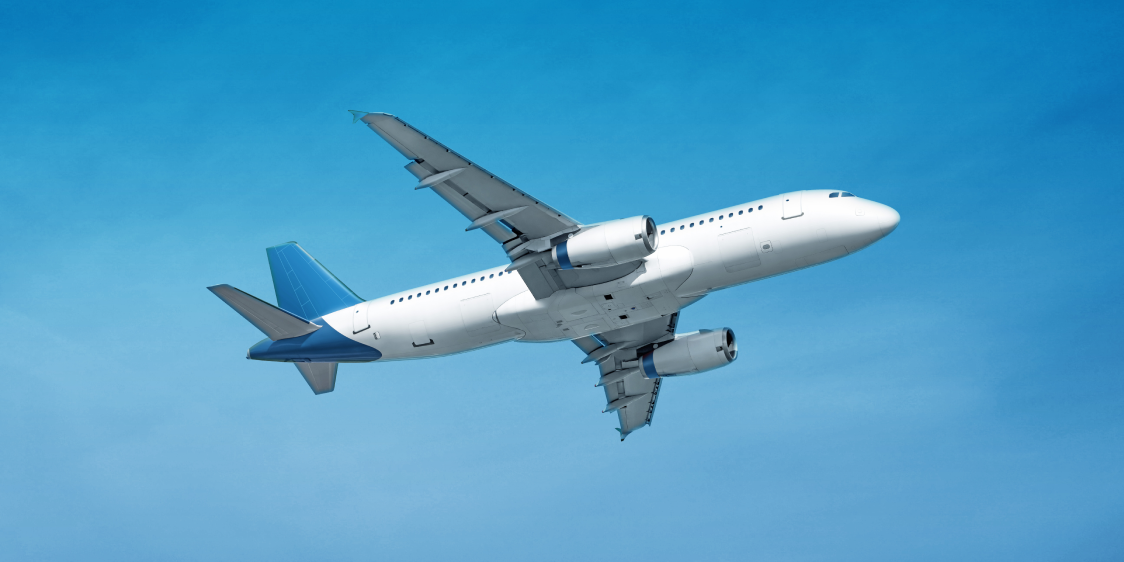
What are the benefits of flying with SAF?
SAF is an immediate solution to accelerate the energy transition and transform aviation.

Accelerates the energy transition
It can be implemented immediately and is just as safe as traditional fossil fuels.
Boosts the circular economy
It is produced from organic waste, such as used cooking oils, agricultural, or livestock waste.
Emissions reduction of up to 90%
Due to its renewable nature, it reduces carbon emissions up to 90% throughout the entire lifecycle, in comparison with fossil fuels.In Seville, 220 flights flew with SAF
The fuel supplied is equivalent to 10 laps around the world, preventing more than 200 tons of CO2 from being emitted, which would be equivalent to planting 2,500 trees. Find out morearrow_right_alt
SAF is a certified fuel
At Moeve, we have a commitment to guarantee the safety and quality of all our products.
Answer your questions about SAF
-
-
SAF stands for Sustainable Aviation Fuel, a new fuel produced from waste such as used cooking oil or animal fat, which reduces CO2 emissions by up to 90% compared to traditional fossil fuels throughout the entire lifecycle.
-
Produced from waste that has been previously treated to remove impurities. These materials are refined through a process called hydrodeoxygenation, which removes oxygen, sulfur, and nitrogen from these renewable raw materials.
-
Flying with SAF reduces CO2 emissions up to 90% throughout the entire lifecycle compared to fossil fuel, reduces the environmental impact of flying and boosts the circular economy.
-
SAF is suitable for current aircraft engines and airport infrastructures and therefore does not require additional investments.
-
We currently have partnerships with Iberia, Binter, Vueling, Air Nostrum, TUI, Volotea, Wizz Air and Ethiad to accelerate the decarbonization of air transport through the research and production of SAF and to achieve net zero emissions in the aviation sector by 2050. Our partnerships also include the development of new energy alternatives, such as renewable hydrogen and electrification for airline ground fleets.
-
